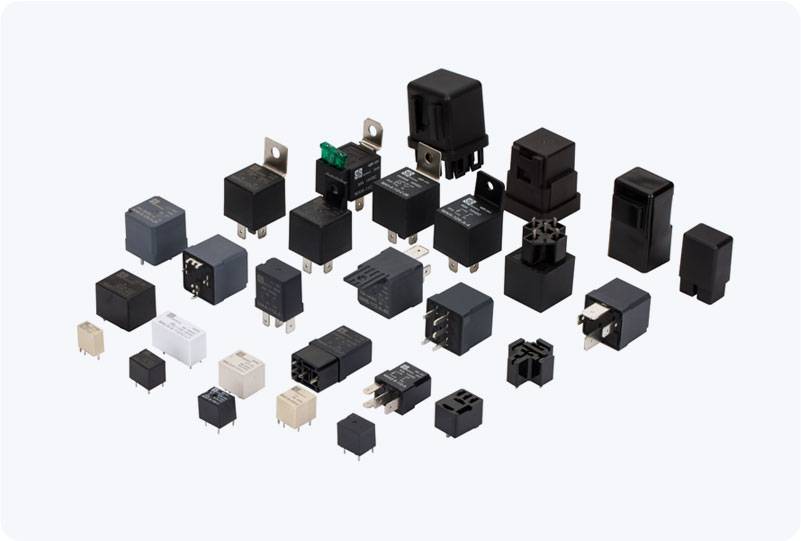automotive relay in extreme temperature: challenges and solutions
Release time:2025-05-05 08:25:23
Automotive relays are essential components in modern vehicles, acting as switches that control various electrical circuits and systems. They are used to manage functions like power windows, air conditioning, lighting, and fuel pumps, among others. However, when these relays are subjected to extreme temperatures—whether hot or cold—they face a series of challenges that can affect their reliability, performance, and longevity. This article explores the impact of extreme temperatures on Automotive relays, the potential problems they may cause, and the solutions being implemented to mitigate these issues.

The Role of
Automotive relays
A relay in a vehicle is an electromechanical switch that enables low-power circuits to control high-power systems. Typically, a small electrical current is used to create a magnetic field that activates the relay, which then completes or interrupts the connection in the higher-power circuit. Automotive relays play a pivotal role in ensuring the smooth operation of various electrical systems, making their reliability vital to vehicle performance.
The Effect of Extreme Temperatures on Automotive Relays
Automotive relays are often exposed to extreme environmental conditions. These include very high temperatures, such as those experienced under the hood of a car during summer, and extremely low temperatures during winter months. Both of these conditions can have detrimental effects on the components of the relay.


